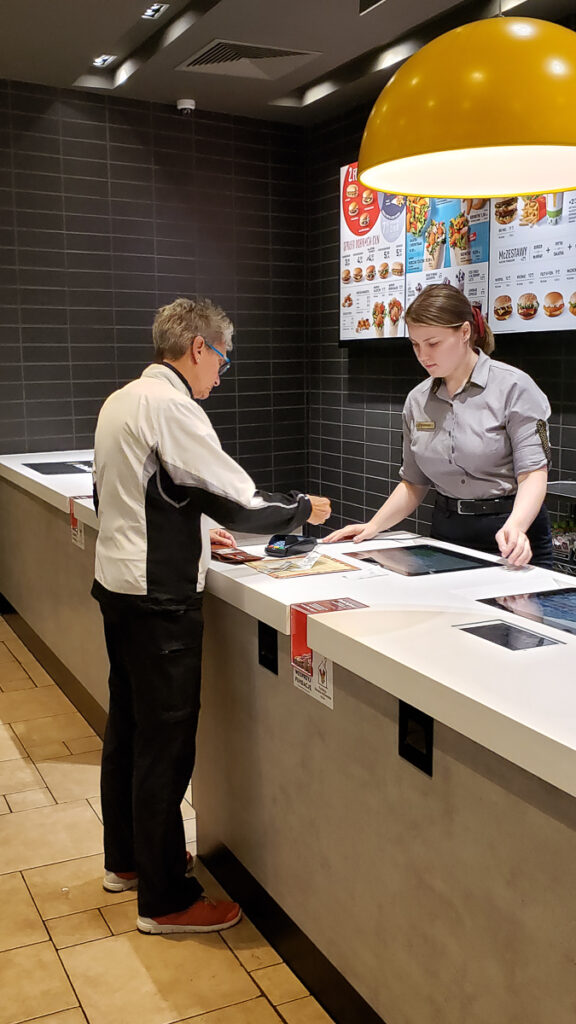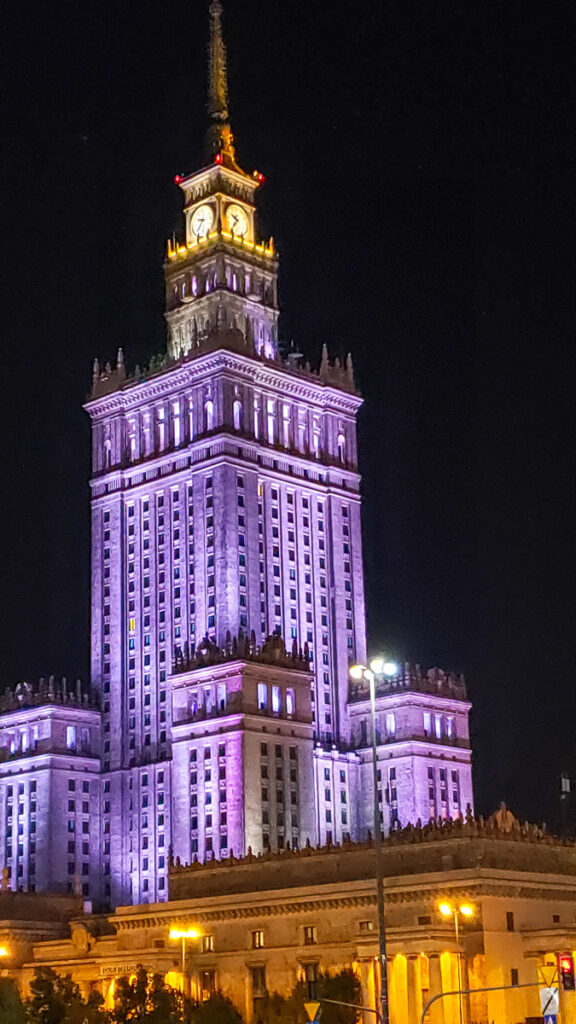Our first stop in the morning was a section of the Warsaw Ghetto that still has the walls and then on to the Jewish Cemetery.
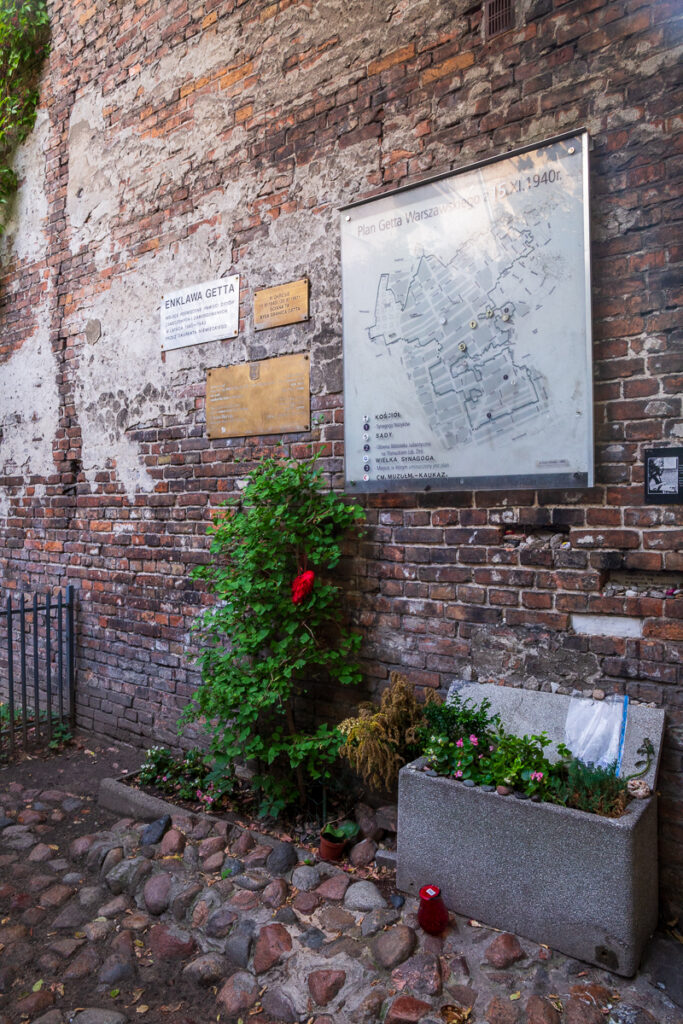
RIGHT: Our guide pointed out that from this location we could see the wall (WWII), the Palace of Culture and Science (build during communist rule – originally called the Stalin’s Palace of Culture and Science) and the tall building representing present day Poland.
LEFT: A piece of the Ghetto Wall</p>

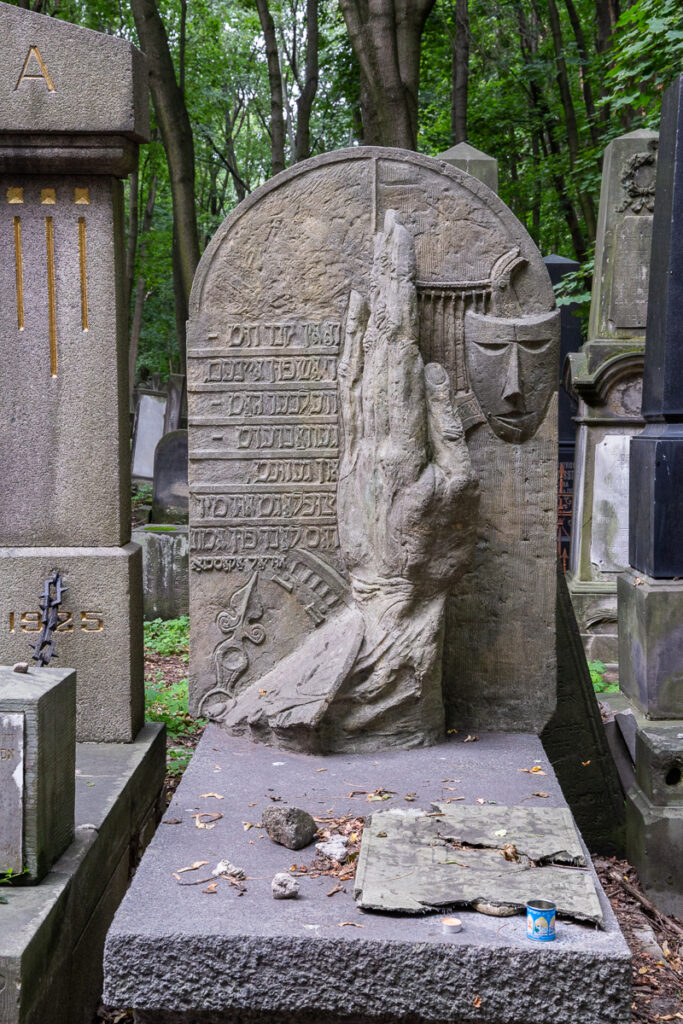
After those stops, we went to the Museum of History of the Polish Jews. This was my least favorite museum of the entire tour and I have no photos of it. In fact I was so underwhelmed and over-musuemed,
I skipped the afternoon visit to the Warsaw Uprising Museum, opting instead to revisit the Warsaw historic district with my camera. Time alone with my camera was difficult on the tour and getting shots that I liked that demonstrated care, incredibly difficult to get. I was either lagging behind the group attempting to get a quick shot off, or I had parts of people in my shots. I was anxious to have time to just photograph and enjoy some unstructured time. The afternoon gave me some of that necessary freedom.
I spent the afternoon wandering around Warsaw. I set out looking for the place that housed Chopin’s heart. The story goes that Chopin died in France in 1849 and was buried in Pere Lachaise Cemetery in Paris. But his desire was to return his heart to Warsaw where he grew up. It is now in a crypt in the Holy Cross Church. I was following my Google map but I seemed to go in circles. My best guess is I passed the church numerous times, without recognizing that was where I needed to go.
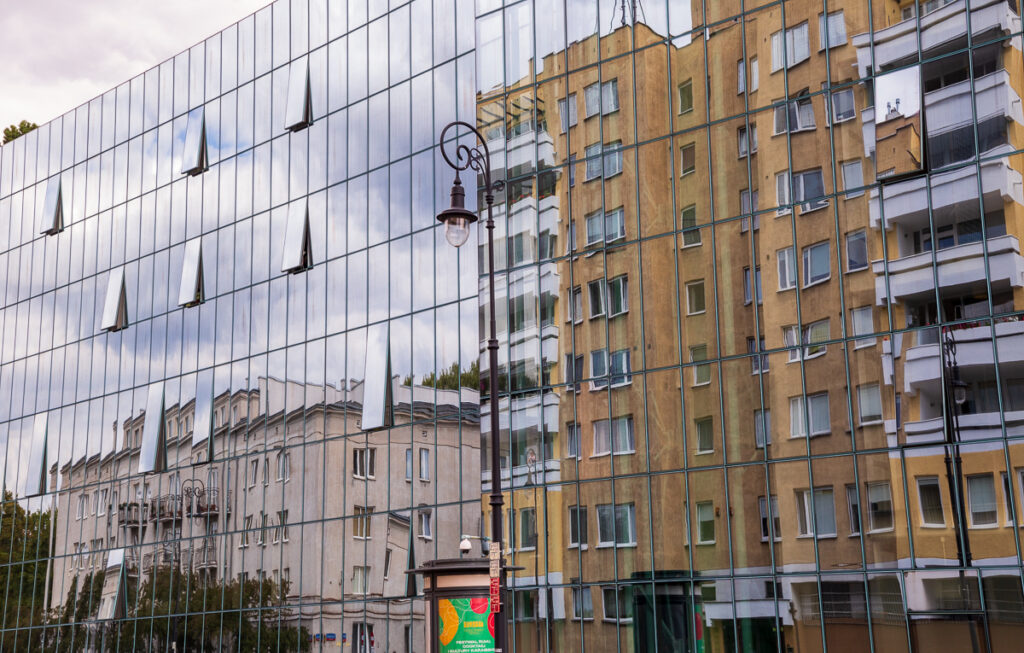
Photos from my wanderings
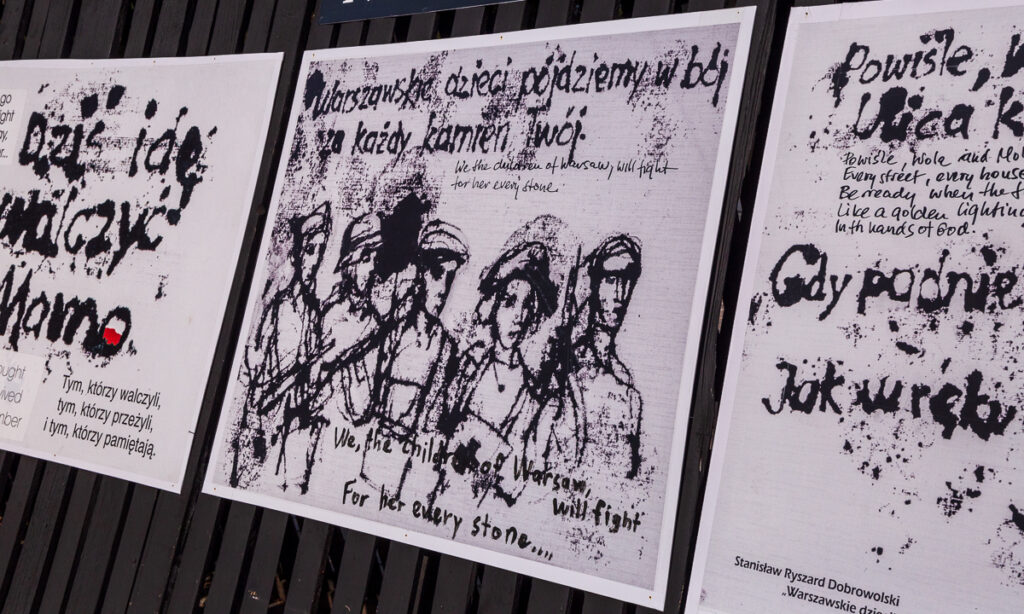
Heroes of the Uprising.

On August 1, 1944 Hitler and Himmler jointly gave the order, “Each and every inhabitant must be killed, taking prisoners of war is not allowed. Warsaw is to be obliterated as an example being a deterrent for the whole of Europe.” text of the order
RIGHT: The Lyszkiewicz” Tenement House built in 1782 – 1787 now houses the Maria Sklodowska Curie Museum. The plaque the tourists are reading is a memorial to the 1944 Uprising. The building was the Warsaw District’s People Army seat of staff. On August 26, 1944 the tenement was bombed killing various leaders of the resistance whose names are memorialized on the plaque.
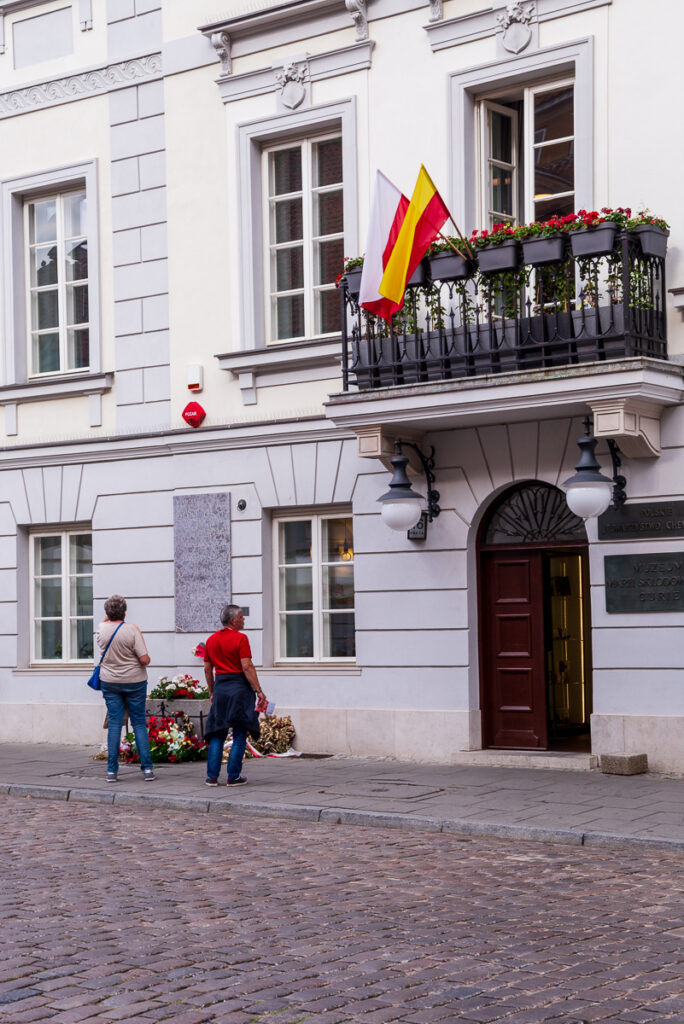
As you can see from the photos, I found many of Warsaw’s churches, just not the one housing Chopin’s heart.
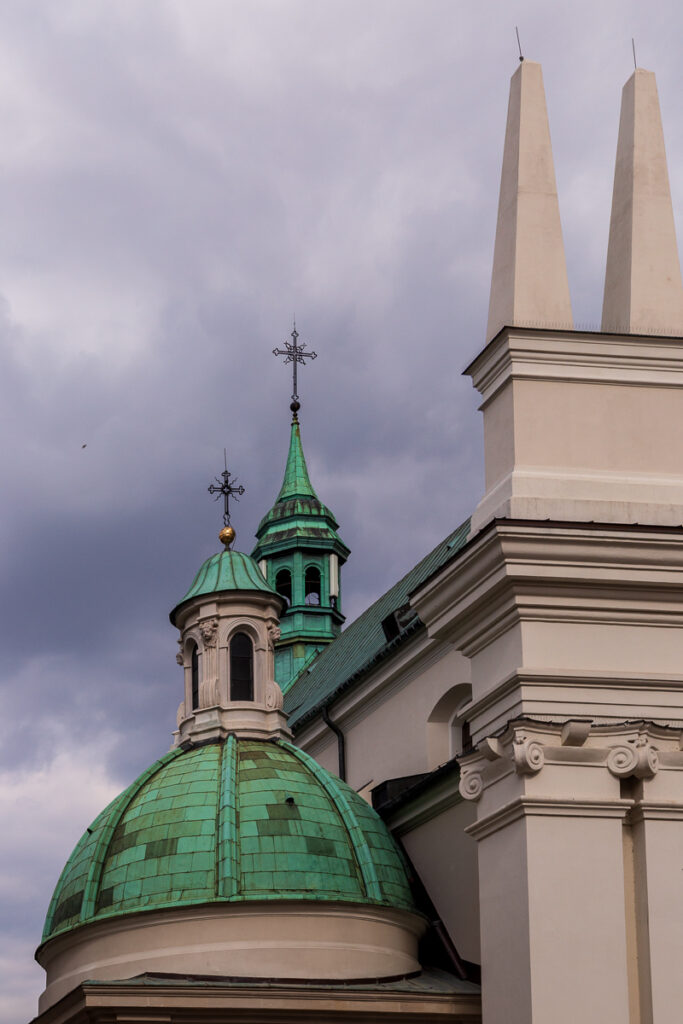
LEFT: St. Hyacinth’s Church adjoins Warsaw’s largest monastery. Construction started in 1603 completed in 1639. St. Hyacinth’s dome The church demolished in 1944. It had served as a field hospital in Warsaw Uprising.
RIGHT: The church’s main claim to fame was the Chopin used to play the church organ here, mainly during services for the children. The full name us Church of St. Joseph of the Visitationists. I only wish I had stepped inside.

Warsaw – the details that my camera wanted to capture

.
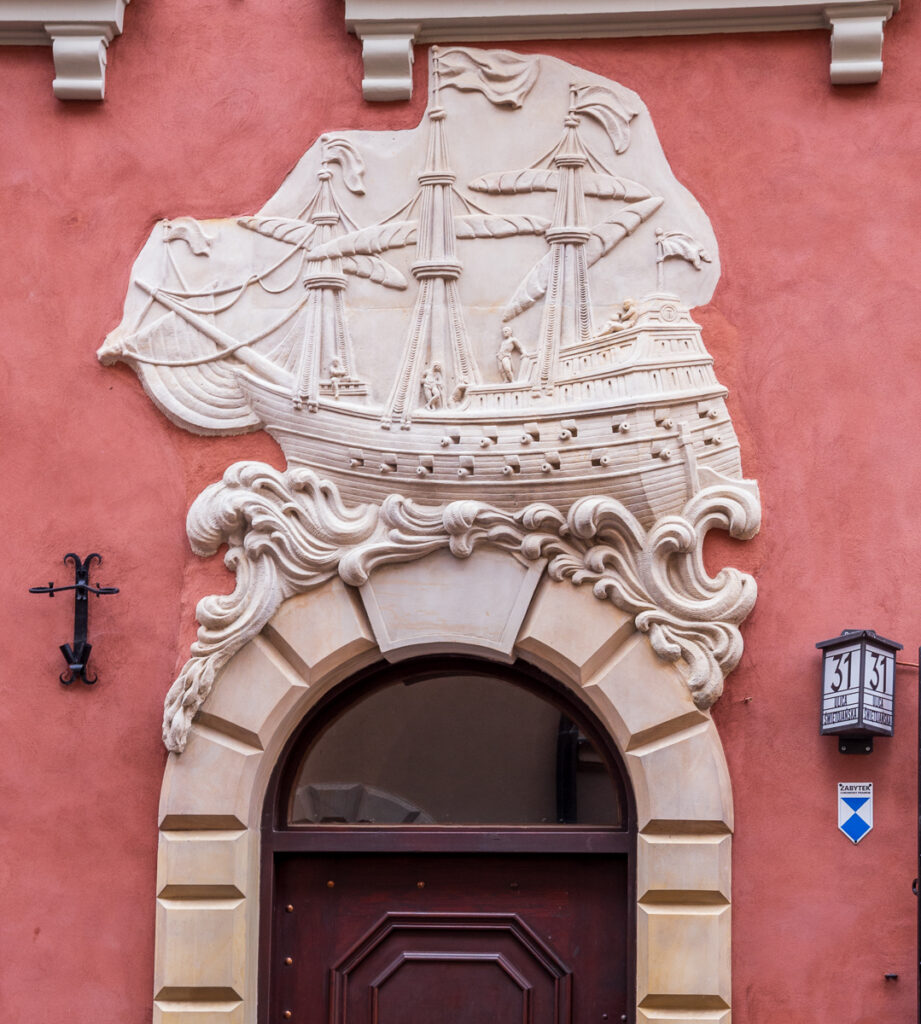
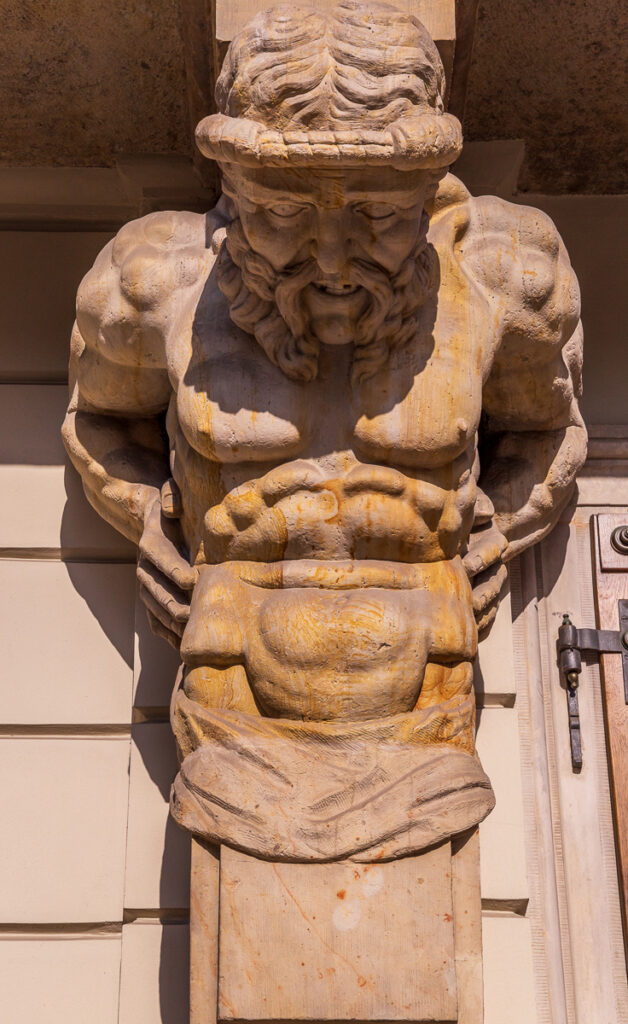


One last look at the Square
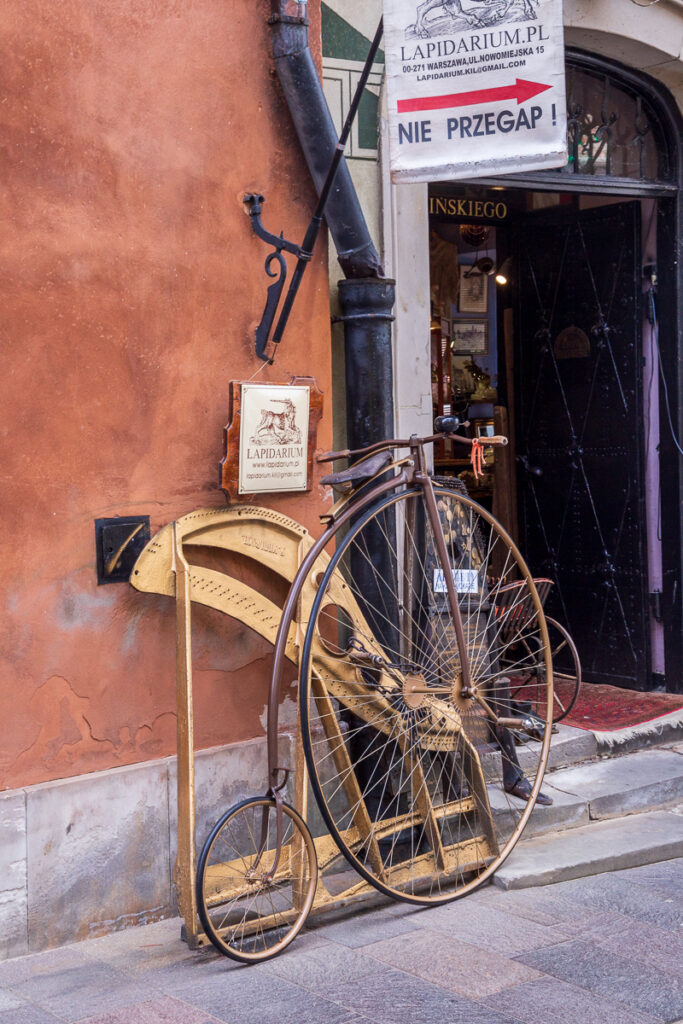

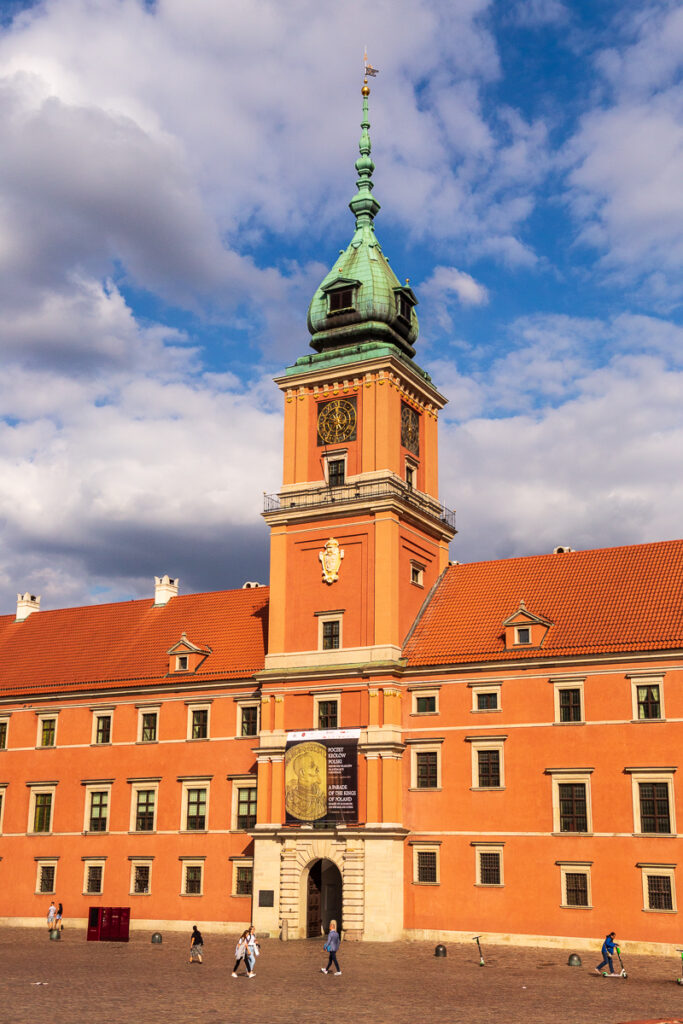
Royal Castle in lovely afternoon light.
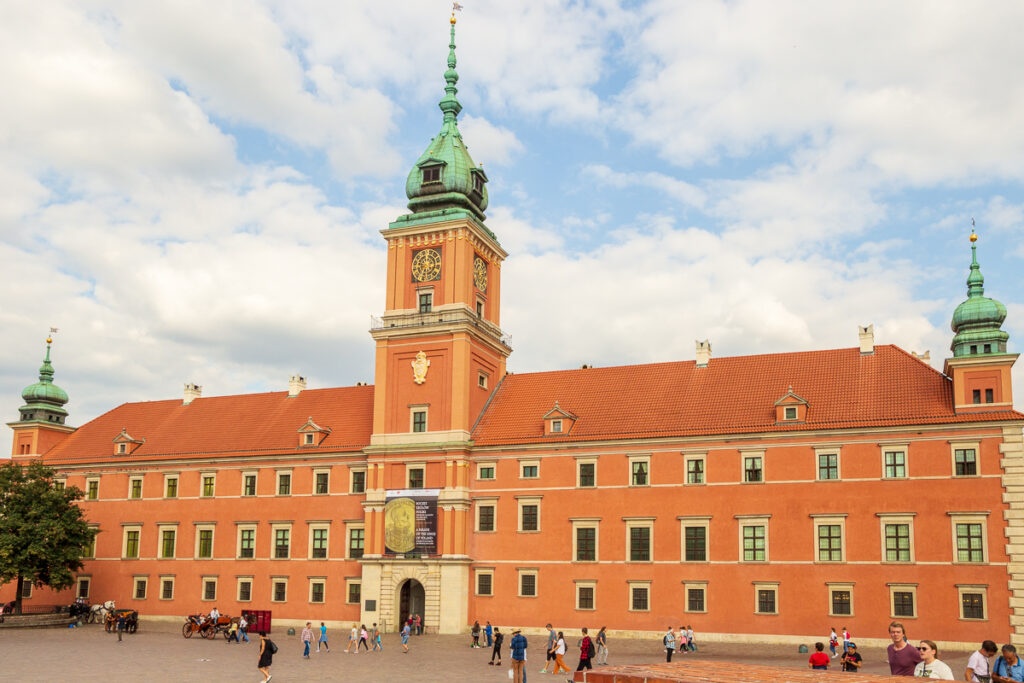

LEFT: Enjoying the afternoon in the park’s LARGE hammocks.
RIGHT: School children lining up for an after school treat
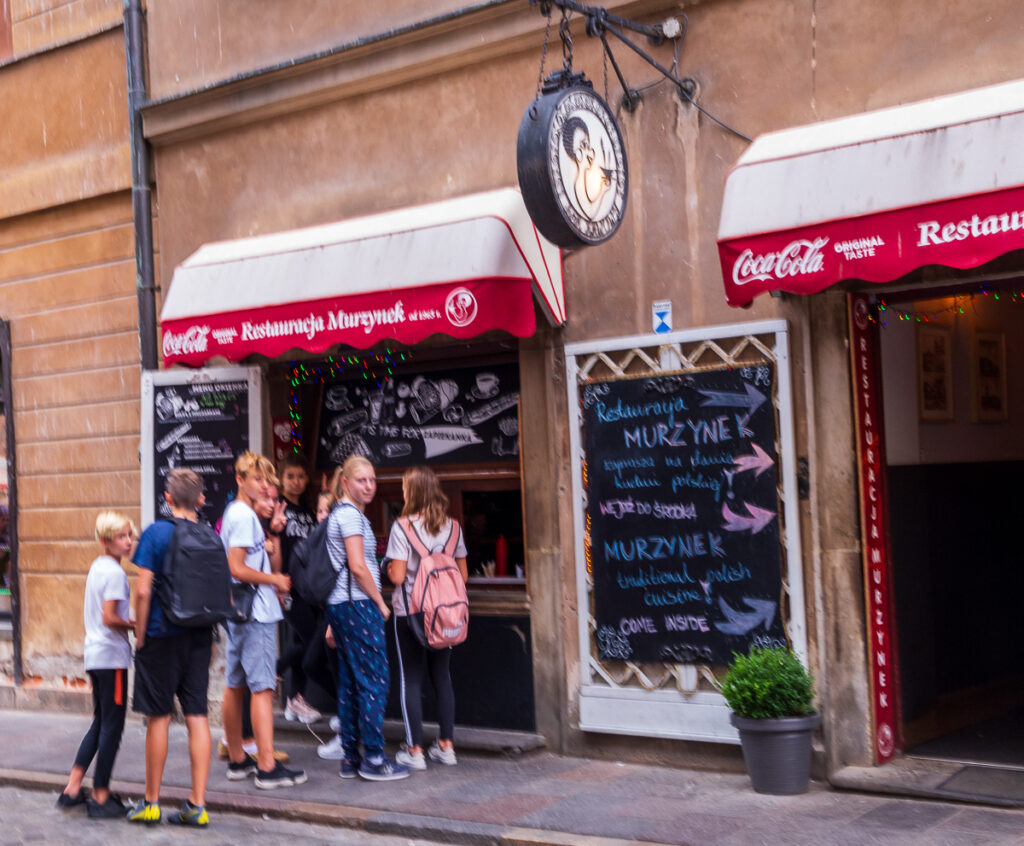

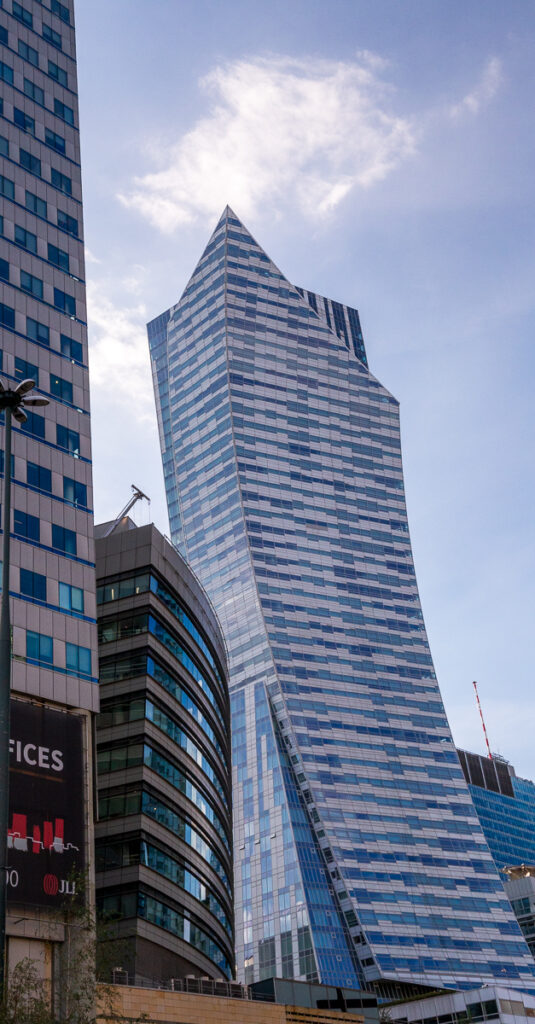
We walked from the hotel to the Radio Cafe. I have no photos of the Cafe, but I clearly remember in the writing in the window, “Pence go home”. I wasn’t certain if that was a comment on Pence and his politics or that he was taking the place of Trump. Trump was to visit Poland to mark the 80 anniversary of the German invasion of Poland but he had canceled to monitor Hurricane Dorian.
The owner of the cafe joined our table after we asked about the naming of his restaurant which then dissolved into a general conversation of his long and interesting life. Unfortunately, I was not close enough to catch all the stories.
The cafe is “the Club” of former employees of Radio Free Europe in Munich. Radio Free Europe was founded by the Eisenhower administration to broadcast news to those living behind the Iron Curtain. The success of the station let to harsh prison sentences to anyone caught listening to the station.
The cafe is lined with photos of the Radio Free Europe history.
I had forgotten about Radio Free Europe – although on the owner’s mentioning it, memorizes of discussions from my elementary school sketchily resurfaced.
After dinner it was a short walk back to the hotel. Not so short that Deb didn’t need to stop for a McDonald’s. I thought maybe when we got to the hotel, I could grab a fry. Not to be…she ate everything between the McDonalds and the hotel which had to be a five minute walk. But while Deb scarfed down the McDonald’s I got a photo of the Palace of Culture and Science.
